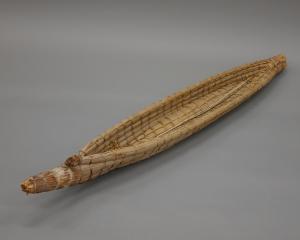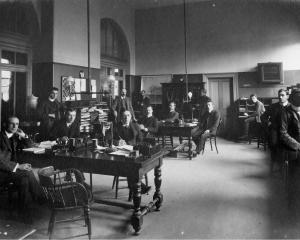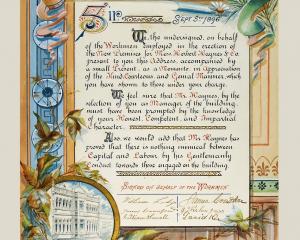
If you enjoy trolling the auction rooms, likely as not you will already be acquainted with the work of English-born photographer, George Chance (1885-1963). Once a household name in New Zealand due to his fine work and prolific output, Chance’s carefully crafted, romantic landscapes and genre scenes from the early to mid-20th century remain collectable items.
The Hocken holds the definitive George Chance collection, due to the generosity of his family who wanted them carefully preserved and made accessible to everyone. The archive reveals his working method and encompasses all aspects of his output from original prints, negatives and colour slides (which Chance turned to in later life), to proofs, albums, correspondence, sound recordings from radio interviews, written notes and published reproductions in the form of newspaper supplements and calendars.

One example, Sunlit Gums (1918-1920), that features eucalyptus trees on the Otago coast, was among the earliest Chance produced as a member of the Dunedin Photographic Society. This work was included in the Royal Photographic Society’s Colonial Competition and Exhibition in London in 1921 and looks deceptively simple. Comparing the finished print with one of its masked glass negatives and proofs in the Hocken Photographs Collection, however, reveals the lengths to which Chance went to express his vision.

To see more examples of Chance’s photography, search the Hocken online catalogue Hakena or visit the library in person weekdays 10am-5pm.
- Anna Petersen is curator photographs, Hocken Collections Uare Taoka o Hakena, University of Otago.












